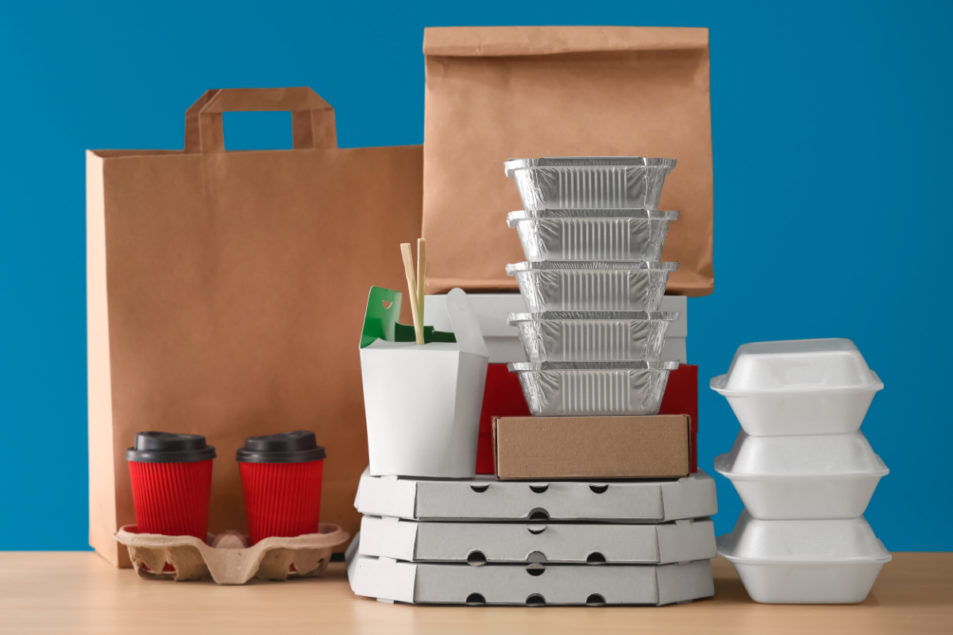
FALLS CHURCH, Va. – In the packaging world, there are two big trends that are on a “collision course” heading into 2019, said Lynn Dyer, president of the Foodservice Packaging Institute.
The first is convenience.
“Consumers are increasingly interested in more convenient, prepared food and beverage options,” Dyer said. “These include more grab-and-go items, plus delivery and catering options.”
More convenience typically means more packaging. But for an increasing number of consumers, more packaging isn’t a good thing. That’s trend No. 2 and makes it easy to see why Dyer uses the “collision” metaphor.
“There is a growing concern about single-use items, especially those made from plastics, which are seen as wasteful by some,” she said. “How do you meet the trend toward more convenient food delivery without single-use items? It’s a dilemma more and more will face in the future.”
Given the concerns about single-use, expect to see growing interest in reusable packaging in 2019, Dyer said. That could take the form of customers bringing their own packaging into stores or systems that provide reusable packaging that can be returned to the store.
“Whether customers are willing to play a more active role like this remains to be seen,” she said.
Another trend that will only ratchet up in 2019 is increased competitive pressure in an already-competitive retail industry, Dyer said.
“With increased competition for consumers’ food dollars, retailers will look for more opportunities to compete,” she said. “Their greatest competitor continues to be traditional foodservice outlets, like restaurants and cafes.”
As millennials seek customized “just for them” food and beverage items, foodservice outlets are meeting those demands, Dyer said. Retailers also will need to be able to provide that same level of service, which means more “prepared just for you” items and fewer “already prepared for the masses” grab-and-go items.
Labeling — in particular, more of it —will be trending up in 2019, Dyer said.
“I think we can expect more labeling as customers increasingly want to know what they’re eating, where it’s sourced and what allergens may be present,” she said.
Grab-and-go products will continue to be in high demand next year, Dyer said. But the category will likely continue to undergo a bit of a facelift.
“Customers are time-crunched, and they want to grab and go then head out the door,” she noted. “But they may not want it off the shelves, but instead made their way. Think about how many restaurants now offer apps so customers can pre-order and just grab and go.”
That, Dyer said, could be what the next generation of grab-and-go looks like. Retailers need to think carefully how to compete in this space, she said, since the option is also being offered by foodservice outlets.

